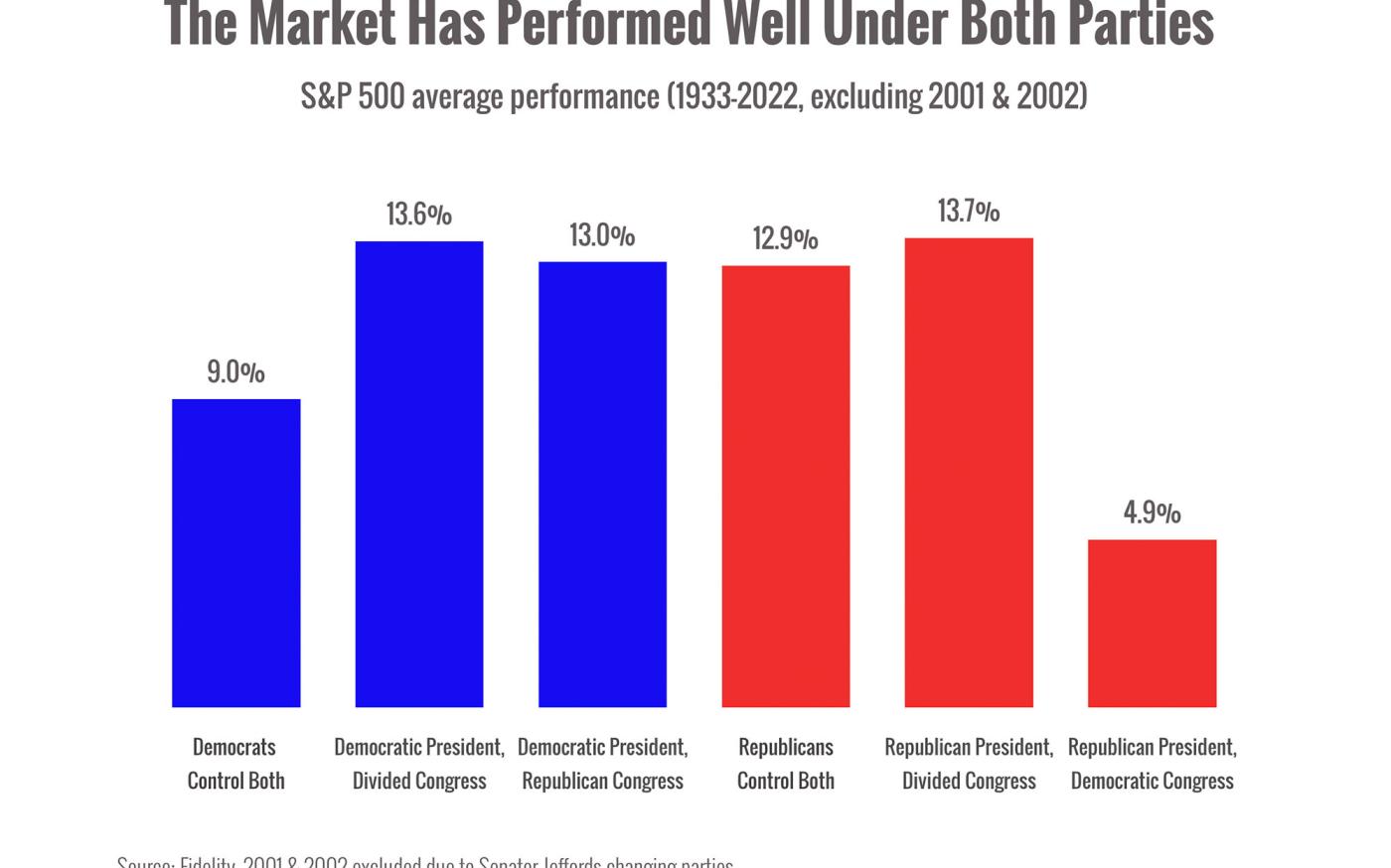
Taxes & Retirement
Below are a few things that you may find helpful if you consider retirement soon. It is important for your tax professional and financial professional to work together on distribution planning for retirement.
SOMETIMES IT MAKES SENSE TO SPREAD OUT RETIREMENT DISTRIBUTIONS.
In some situations, taking retirement plan distributions over multiple years can be beneficial. Let’s assume that you can take a distribution of $10,000 and stay in the 12% federal tax bracket. If you take more than that, your distribution would be taxed at 22%. If you take $20,000, you would pay $3,400. If you took $10,000 per year over a 2-year period (assuming no other changes in your tax situation), you would pay $2,400.
TAX BRACKETS ARE DIFFERENT FOR A COUPLE THAN THEY ARE FOR AN INDIVIDUAL.
In 2022, a married couple filing a joint tax return with one spouse aged 65 or older and using a standard deduction can have a taxable income of $110,650 and still be in the 12% tax bracket. A single taxpayer over age 65 can have a taxable income of 56,475 and still be in the 12% tax bracket. If a couple needs $80,000 in taxable income to cover their expenses, the highest tax rate on that income is 12%. If one of them dies and the surviving spouse needs $70,000, that person will have $13,525 taxed in the 22% tax bracket.
SOCIAL SECURITY TAXATION CHANGES WITH YOUR INCOME.
Anywhere from 0%–85% of social security payments are taxable, depending on your income. The IRS uses a figure called “combined income” to calculate how much of your social security payments are taxable. If you are married and your combined income is below $32,000, your social security payments are not taxed. If your income is between $32,000 and $44,000, 50% of the social security benefit will show up on your tax return, and if your combined income is over $44,000, 85% of your benefit will show up on your tax return. Understanding this and coordinating your retirement distributions accordingly can impact the amount of tax you pay on your social security payments.
CAPITAL GAINS TAXES CHANGE WITH YOUR INCOME.
There are two types of capital gains, short-term and long-term. Short-term gains are taxed at a person’s ordinary income tax bracket and can be as high as 37%. Long-term capital gains are usually taxed at 0%, 15%, or 20%. They could be higher in certain situations, but these are the most common rates.
Assume that you are single and retire in January 2023 and don’t have any income in that calendar year. Perhaps you have $44,625 of long-term capital gains from the sale of stock and pay $0 federal income tax. If you are married, that amount is double. Cashing out long-term capital gains over multiple years could potentially lessen or eliminate the federal tax impact in some situations.
Sources
Internal Revenue Service. (2021, November 10). IRS provides tax inflation adjustments for tax year 2022 [News release]. https://www.irs.gov/newsroom/irs-provides-tax-inflation-adjustments-for-tax-year-2022
Mengle, R. (2022, November 3). What are the capital gains tax rates for 2022 vs. 2023? Kiplinger. https://www.kiplinger.com/taxes/capital-gains-tax/602224/capital-gains-tax-rates
Social Security. (n.d.). Income taxes and your social security benefit. https://www.ssa.gov/benefits/retirement/planner/taxes.html
Advisory services offered through Commonwealth Financial Network®, member FINRA/ SIPC, a registered investment adviser. Fixed insurance products and services offered through CES Insurance Agency or Strategic Path Wealth Management


